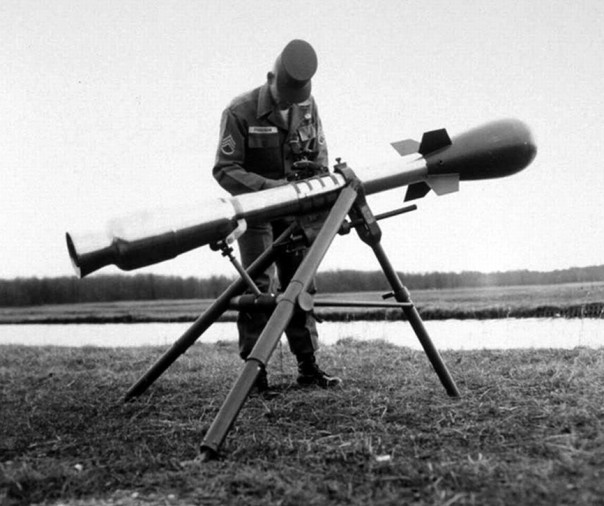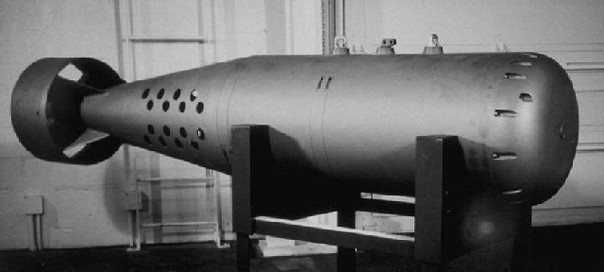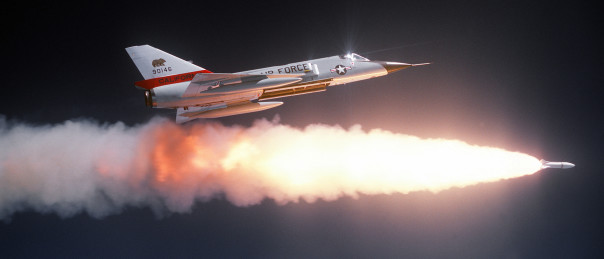In my research for a previous post I came across the US’s official list of nuclear weapons-related codewords, and they are some of my favourite codewords ever.
PINNACLE is a codeword (technically a flagword) that indicates that a message is of interest to the major command units of the military. It’s mentioned here because whilst it can be used on its own, it is often used, or must be used, in combination with the codewords listed below.
BENT SPEAR is used to report incidents involving nuclear weapons that are “of significant interest” but which are not categorised as NUCFLASH or BROKEN ARROW. The incident in which six AGM-129 cruise missiles with live 150 kiloton W80-1 nuclear warheads (which were supposed to have been removed) were loaded onto a B-52 Stratofortress bomber and left unguarded at Minot and Barksdale Air Force Bases was classified as a BENT SPEAR.
NUCFLASH is used to report incidents that could create a risk of nuclear war. This includes any incident involving the actual or possible detonation of a nuclear weapon, or any incident in which a nuclear-armed or nuclear-capable aircraft deviates from its approved flightplan. It also covers incidents with the possibility of, or the appearance of, a nuclear detonation or attack, such as a ballistic missile launch, the presence of cruise missiles on non-friendly aircraft that are not on an approved flight path, or objects from space reentering Earth’s atmosphere. A PINNACLE NUCLFASH report has the highest priority of any report in the US military.
BROKEN ARROW is used to report incidents involving US nuclear weapons that do not create the risk of nuclear war. This includes the nuclear or non-nuclear detonation of a US nuclear weapon, the burning or jettisoning of a nuclear weapon or radioactive contamination or other hazard from a US nuclear weapon. The incident in which a nuclear-armed Titan-II missile caught fire and exploded in its silo was classified as a BROKEN ARROW, as were a number of incidents in which B-52 bombers carrying nuclear weapons crashed. (The incident in the 1996 movie Broken Arrow would actually have been classified as EMPTY QUIVER.)
EMPTY QUIVER is used to report the seizure, theft or loss of a nuclear weapon. The incidents in which the USS Scorpion submarine sank with two eleven kiloton Mark 45 nuclear torpedoes aboard, or the incident in which an A-4E Skyhawk aircraft carrying a one megaton B43 bomb fell over the side of the aircraft carrier USS Ticonderoga would probably be classified as EMPTY QUIVER events.
DULL SWORD is used to report minor incidents involving nuclear weapons or systems which could impair their ability to be deployed. This includes damage to systems capable of carrying or deploying nuclear weapons but which are not carrying nuclear weapons at the time. FADED GIANT is used to report incidents involving military nuclear reactors, or any other military radiological incident that does not involve nuclear weapons.
Two less cool-sounding codewords are EMERGENCY EVACUATION and EMERGENCY DISABLEMENT. The EMERGENCY EVACUATION codeword is used when nuclear weapons have to be removed from their approved location at short notice, without advance planning, e.g. if an Air Force base or silo holding nuclear weapons was being overrun by enemy forces. EMERGENCY DISABLEMENT refers to the use of the weapon’s command disable system, in which a warhead is deliberately made inoperational, preventing its use by enemy forces. The method by which this is achieved is unknown, but it is thought to operate by destroying either the warhead’s power supply, the sensitive electronic components within the warhead, or another part of the warhead’s triggering system.
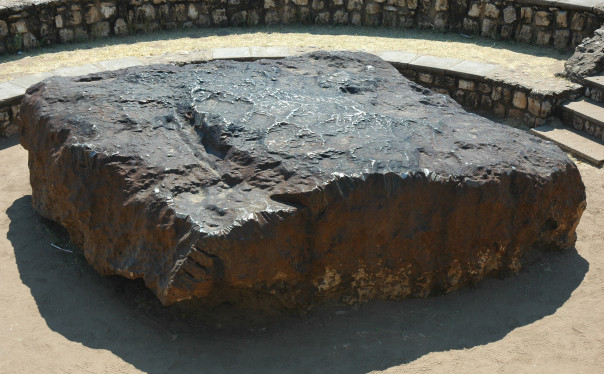
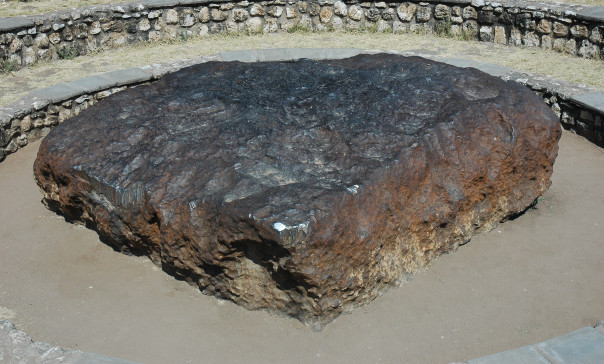
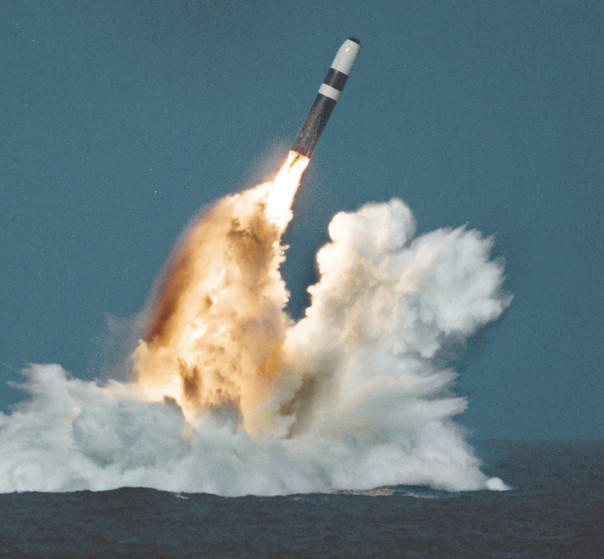
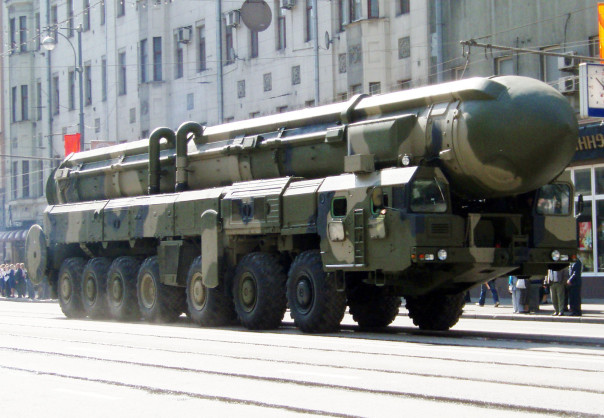
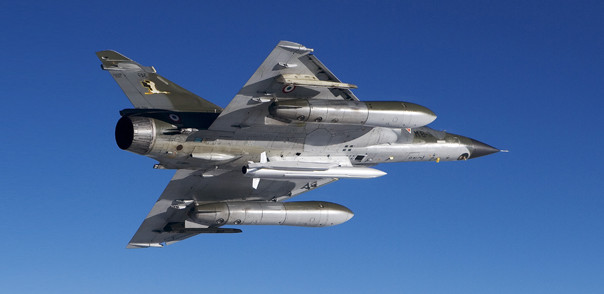
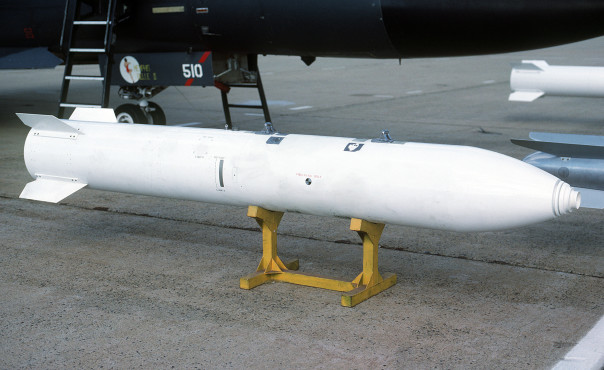
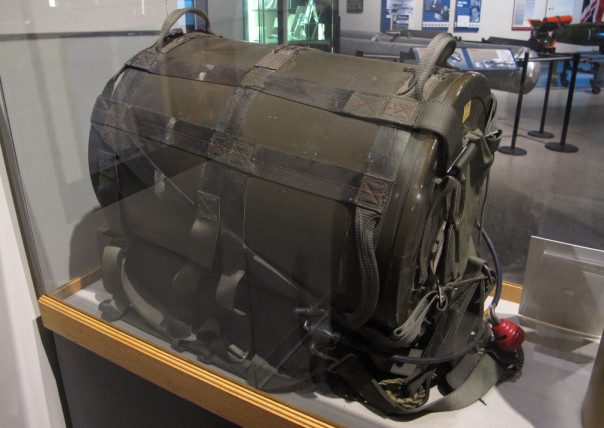 Source:
Source: 